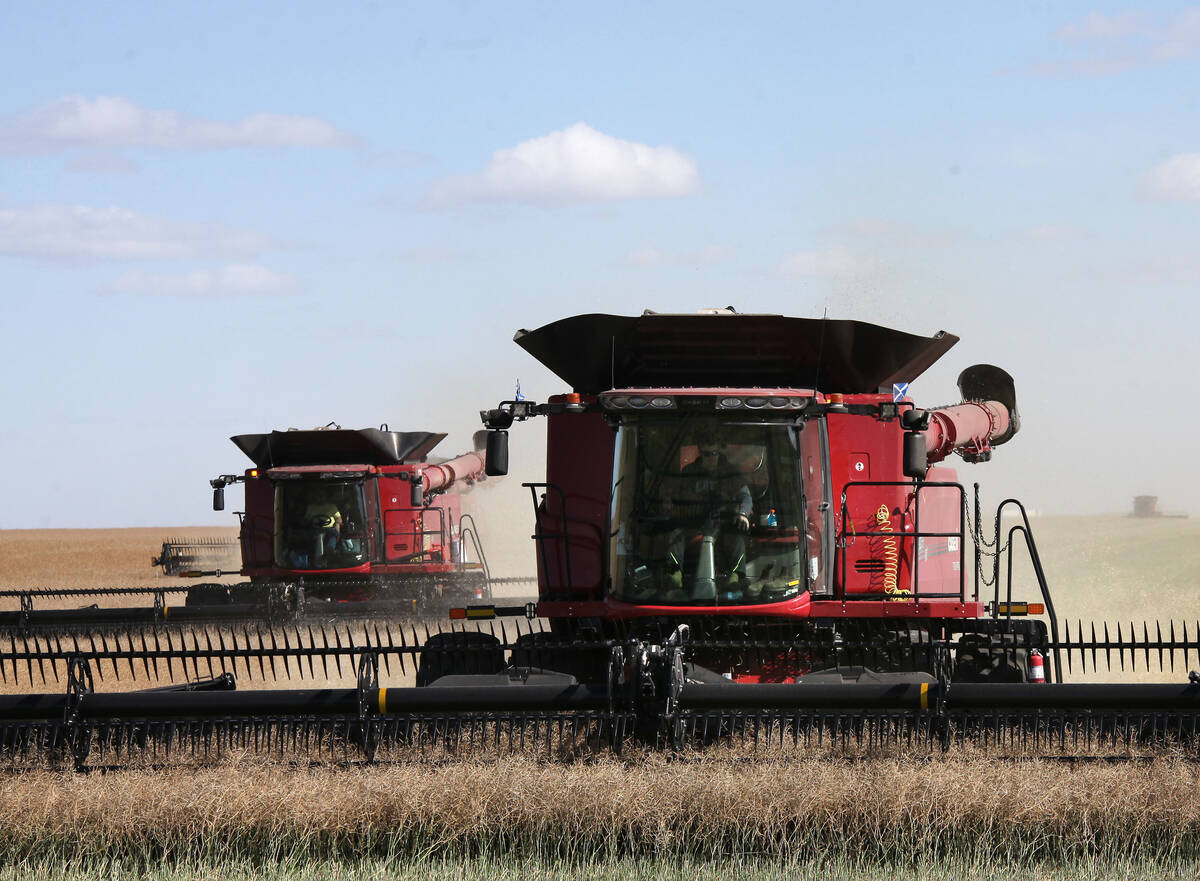(Resource News International) — Northern U.S. canola growers faced with record-high prices have been making steady sales to a Canadian canola crusher, according to an official with the plant.
High prices, together with the strength of the Canadian dollar, were seen helping to stimulate the cross-border movement, although James Loewen of Bunge Canada also pointed out that imports were still in line with levels seen in recent years.
Loewen, grain manager with Bunge’s crush plant at Altona, Man., thought his plant, about 14 km from the North Dakota border, was “probably the only Canadian crush plant bringing in U.S. seed.” He said farmer deliveries from the U.S. were a little higher than average this year.
Read Also

Notable changes in exports to China, India
China and India figured prominently in the September export data issued by the Canadian Grain Commission on Nov. 7. For the most part, the CGC’s numbers highlighted issues with grain, oilseed and pulse exports from licensed facilities to those countries.
“I expect we’ll see at least 200,000 (tonnes) come up from the U.S. this year,” said Loewen. He said the number would put U.S. imports to the Altona crusher slightly below the 2006-07 level, but 25 per cent above the imports seen in 2005-06.
Loewen said the current prices were the highest U.S. canola growers have ever seen, while Canadian producers have seen stronger prices in the past. As a result, he thought U.S. producers were much more aggressive in pricing out their crop than their counterparts in Canada. He said the strength of the Canadian dollar was also supportive in attracting U.S. canola.
Price comparisons, provided by the North Dakota-based Northern Canola Growers Association, show bids from Altona in the US$25 to $26 per hundredweight area, which is right in line with the prices offered by ADM’s plant in Velva, N.D. Barry Coleman, executive director of the association, said movement into Canada has been steady this year.
While canola is Canada’s largest oilseed crop, the commodity is still primarily a specialty crop in the U.S., with North Dakota and Minnesota accounting for the bulk of the production. According to U.S. Department of Agriculture data, the U.S. grew about 660,000 tonnes of canola in 2007-08, which would compare with Canada’s 8.75 million-tonne crop.
“They have to grow it first, before we can import it,” said Chris Beckman, oilseed analyst with Agriculture and Agri-Food Canada (AAFC) in Winnipeg. He said imports from the U.S. have been stable over the past five years, varying in line with their production levels.
AAFC is currently forecasting total canola imports into Canada in 2007-08 at 225,000 tonnes, which would compare with 203,000 in 2006-07. Beckman said the imports primarily consist of U.S. canola moving to Bunge’s Altona plant, although small amounts of South American-grown canola are also imported into Canada to be used as seed.
















